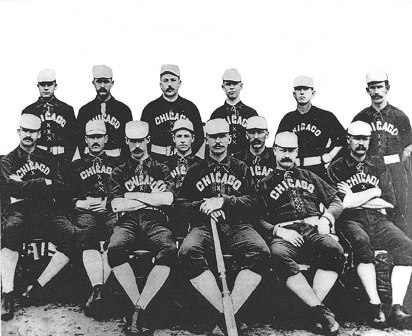By the time he enlisted in the United States Army in July of 1917, Edward Leslie “Harvard Eddie” Grant had retired from baseball to practice law in Boston.
He attended Harvard, but only played baseball as a freshman; he was declared ineligible after being paid for playing with a semi-pro team. After that Grant played intramural baseball at Harvard and played with Northeastern outlaw teams during the summer.
In 1905 Grant made his Major League debut when the visiting Cleveland Naps recruited him to fill in for two games at second base for Hall of Famer Napoleon Lajoie against the Boston Americans—he was 3 for 8 and made one error.
He was with the Jersey City Skeeters in the Eastern League in 1906, hitting .322, which earned him a contract with the Philadelphia Phillies. He would spend the next nine seasons in the National League, also playing for the Cincinnati Reds and New York Giants. Grant was never a star, but he was popular with fans and the press. The New York Times said:
“He was a handy utility player and could fill in any position on the infield. While never a heavy batsman, he was skillful fielder and a smart baserunner.”
Grant was among the first wave of prominent athletes to join the military, making his enlistment news. A wire service article under the headline “Eddie Grant Joins Uncle Sam’s League” appeared in numerous papers across the country.
On October 5 1918, he would become the first Major League player to be killed during World War I, The Associated Press said:
“Captain Edward Grant, former third baseman of the New York National League Club, and attached to the 307th Infantry, was killed by a shell when leading a unit to the aid of the famous ‘Lost Battalion.’
“The battalion was surrounded for five days in the Argonne Forest and Captain Grant was killed in one of the attempts to reach it.”
Grant was originally buried in the Argonne Forest, and his body was later moved to the Meuse-Argonne American Cemetery.




2 Responses to “Memorial Day—Major League Baseball’s First World War Casualty”